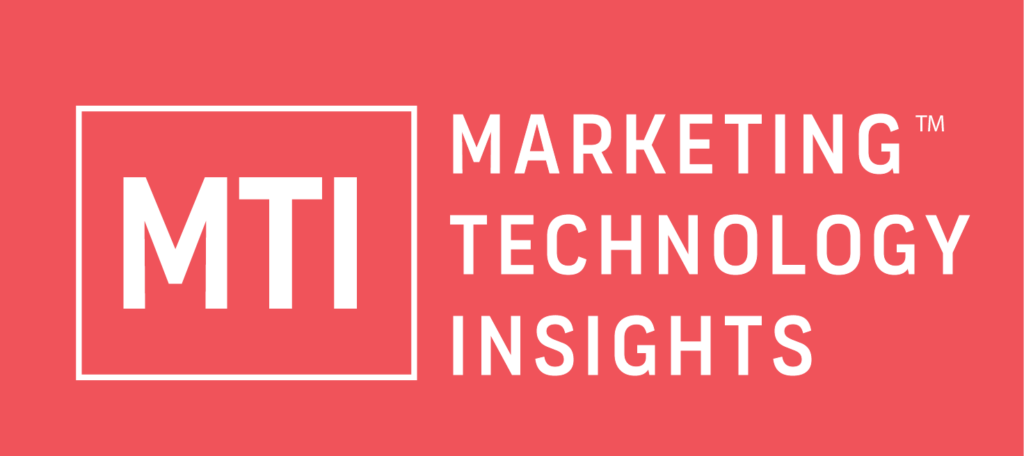In the ever-evolving landscape of digital marketing, personalization has emerged as a game-changer. Today’s consumers expect brands to understand their preferences and needs, and they are more likely to engage with and remain loyal to businesses that offer tailored experiences. This shift in consumer behavior has given rise to the concept of hyper-personalization marketing, and at the heart of this strategy lies the Customer Data Platform (CDP).
Understanding Hyper-Personalization Marketing
Hyper-personalization marketing goes beyond the traditional one-size-fits-all approach. It involves creating highly targeted and customized content and experiences for individual customers. The goal is to make customers feel understood, valued, and engaged, ultimately driving conversion and loyalty.
Hyper-personalization involves not only using demographic data but also understanding customer behaviors, preferences, and even real-time interactions. It’s about delivering the right message to the right person at the right time. This level of personalization can significantly impact a brand’s relationship with its customers.
The Role of CDPs in Hyper-Personalization
Customer Data Platforms play a pivotal role in achieving hyper-personalization marketing. A CDP is a centralized repository that collects and stores data from various sources, including website interactions, email responses, social media activity, and offline interactions. This consolidated data enables marketers to gain a 360-degree view of each customer.
Here’s how CDPs empower hyper-personalization marketing:
1. Data Integration: CDPs seamlessly integrate data from various touchpoints, erasing data silos and providing a holistic view of customer interactions. This integration allows marketers to create more accurate customer profiles.
2. Real-time Insights: With real-time data processing, CDPs allow marketers to access up-to-the-minute insights about individual customer behaviors and preferences. This is crucial for timely and relevant marketing campaigns.
3. Segmentation and Targeting: CDPs enable the creation of highly specific customer segments. Marketers can use these segments to target customers with content and offers that are most likely to resonate with them.
4. Personalized Content: Armed with a wealth of data, CDPs make it easier to craft content that speaks directly to individual customers. Whether it’s product recommendations, personalized emails, or tailored website experiences, CDPs provide the tools for creating content that feels personal.
5. Automated Campaigns: CDPs support automation by triggering personalized marketing campaigns based on customer behavior. For example, if a customer abandons a shopping cart, the CDP can trigger an email with a tailored message and product recommendations.
The Impact of Hyper-Personalization Marketing
Hyper-personalization marketing has a profound impact on the customer journey and, consequently, a brand’s bottom line. Let’s explore some of the notable effects:
1. Enhanced Customer Engagement: Customers are more likely to engage with personalized content. This results in longer website visits, increased click-through rates, and a higher likelihood of sharing content.
2. Improved Customer Loyalty: Personalized experiences make customers feel valued, fostering loyalty and increasing the likelihood of repeat purchases.
3. Higher Conversion Rates: By delivering relevant content and offers, hyper-personalization marketing increases conversion rates, driving revenue and profit.
4. Reduced Marketing Costs: By targeting only the most relevant customers, marketers can optimize their ad spend and marketing resources.
5. Reduced Churn: Understanding customer behavior allows brands to identify potential churn risks and intervene with personalized retention strategies.
Challenges of Implementing Hyper-Personalization Marketing
While hyper-personalization offers numerous benefits, it’s not without its challenges. Managing vast amounts of customer data, ensuring data privacy and security, and maintaining real-time capabilities can be complex. CDPs address many of these challenges by providing a centralized, secure, and scalable solution for data management.
In the age of hyper-personalization marketing, Customer Data Platforms are the backbone of successful customer-centric strategies. They provide the tools and insights necessary to understand individual customer preferences, behaviors, and needs. With CDPs, marketers can deliver personalized content and experiences that resonate with customers, resulting in improved engagement, loyalty, and conversion rates. To stay ahead in the highly competitive digital landscape, harness the power of CDPs and embrace hyper-personalization marketing to create lasting customer relationships and drive business success. Your brand’s future could depend on it.



